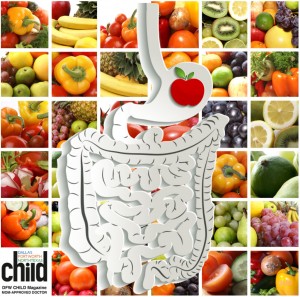Nutrition and Diet in Children
Proper nutrition between infancy and adolescence is vital to your child’s growth and development. Nutrients, such as protein, vitamins, minerals, carbohydrates, and fat, are an essential part of any healthy diet. While children’s nutritional requirements vary depending on age, using a balanced approach that includes nutrient-dense foods from all the major food groups will provide appropriate nutrition and promote good eating habits.


